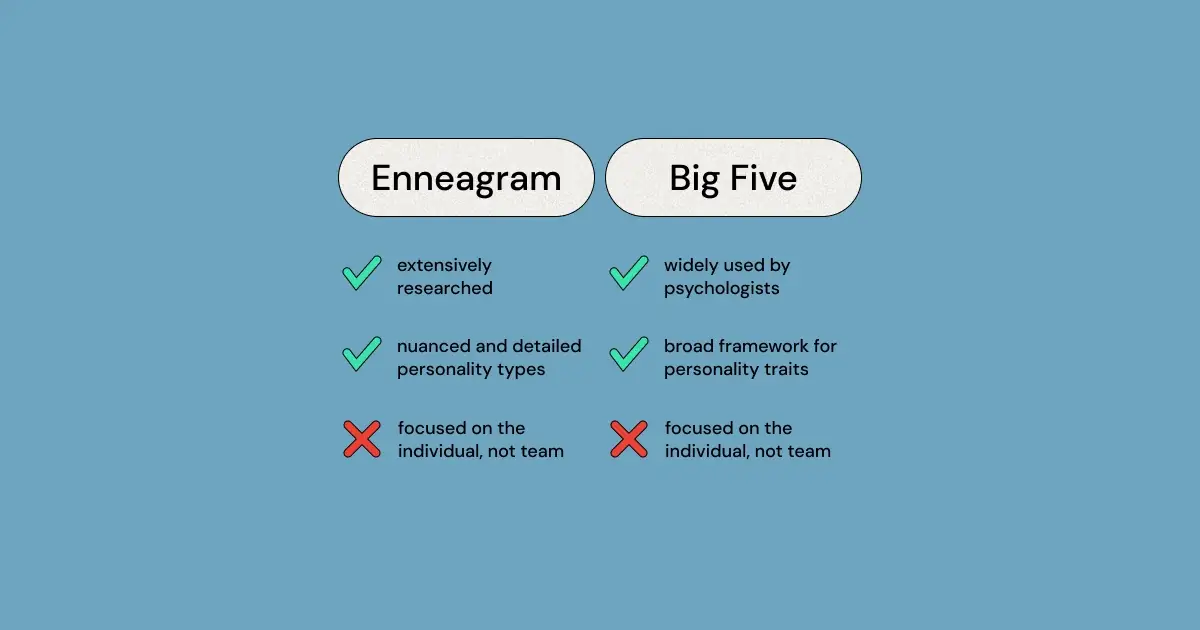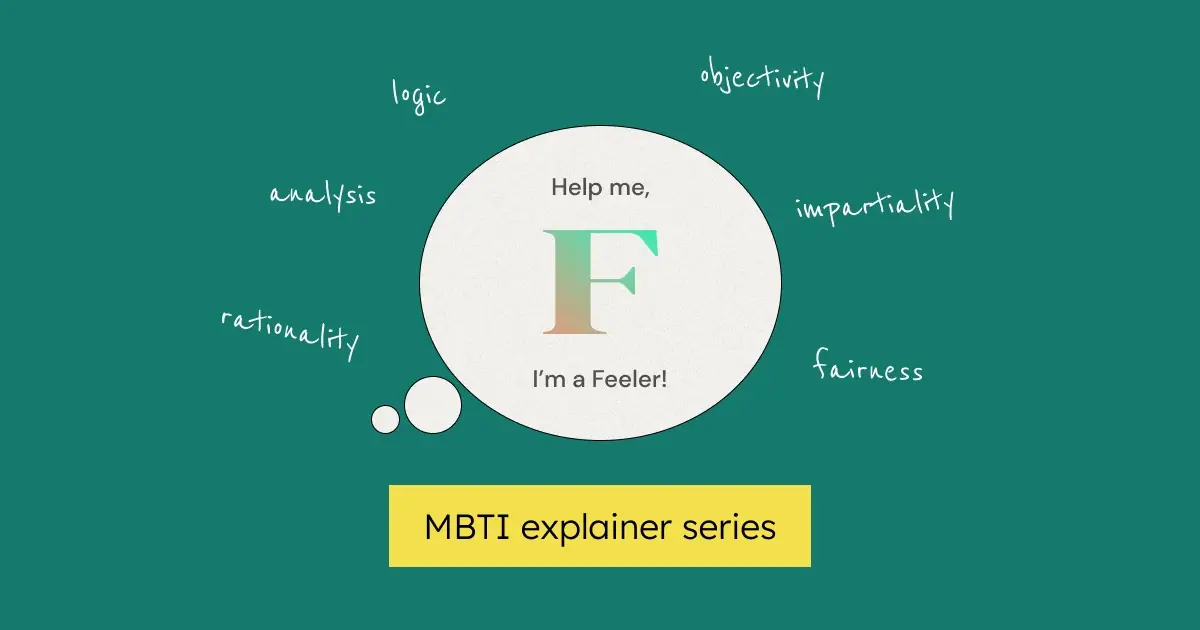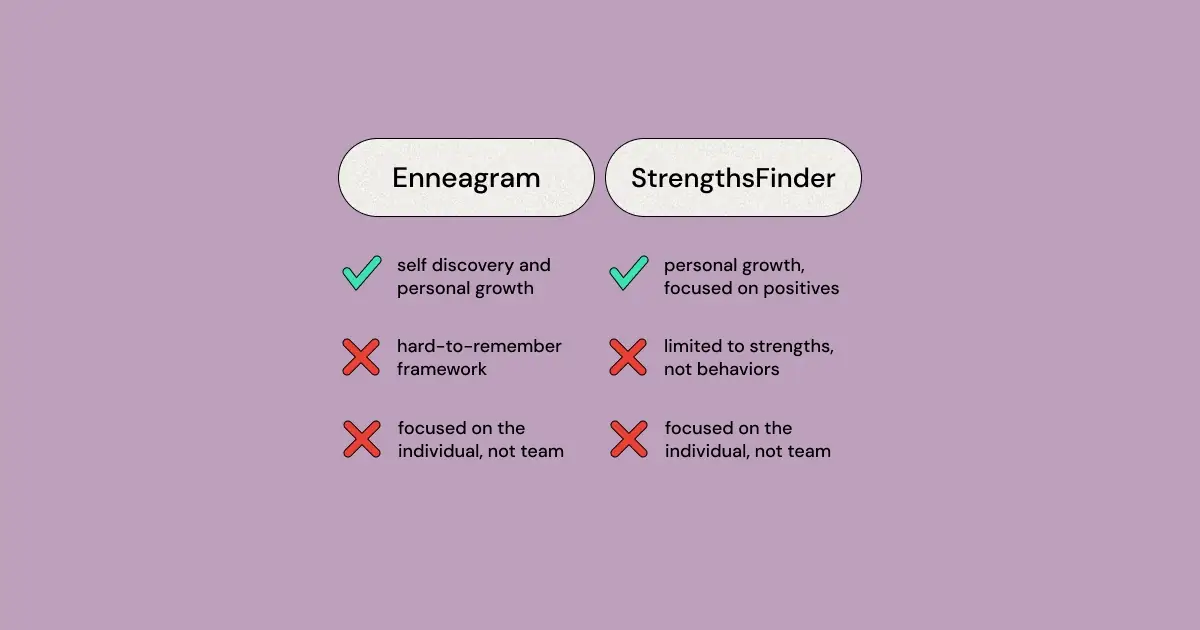??What is the difference between the Enneagram and the Big Five Personality Test???
The Enneagram and the Big Five Personality Test are both popular tools for understanding personality, but they differ in structure, origin, and focus. The Enneagram consists of nine interconnected personality types with roots in spiritual and philosophical traditions. It helps individuals uncover their core motivations, fears, and desires. The Big Five, also known as the Five Factor Model or OCEAN, is based on empirical research and measures personality across five broad dimensions: Openness, Conscientiousness, Extraversion, Agreeableness, and Neuroticism.
??What are the nine personality types in the Enneagram system???
The Enneagram defines nine distinct personality types: 1) The Perfectionist, 2) The Helper, 3) The Achiever, 4) The Individualist, 5) The Investigator, 6) The Loyalist, 7) The Enthusiast, 8) The Challenger, and 9) The Peacemaker. Each type has unique psychological motivations, behaviors, strengths, and weaknesses.
??What are the five dimensions of the Big Five Personality Test???
The Big Five Personality Test measures five key dimensions: 1) Openness (creativity and curiosity), 2) Conscientiousness (organization and discipline), 3) Extraversion (sociability and assertiveness), 4) Agreeableness (compassion and cooperation), and 5) Neuroticism (emotional instability and anxiety). Each trait is measured on a continuum for a nuanced profile.
??Which personality test is better for personal growth—the Enneagram or the Big Five???
The Enneagram is often seen as a better fit for personal growth and self-improvement due to its focus on deep-rooted motivations and behavioral patterns. Its philosophical and spiritual roots provide a meaningful lens through which individuals can gain insight, self-awareness, and emotional understanding.
??Is the Big Five Personality Test scientifically validated???
Yes, the Big Five Personality Test is grounded in empirical research and is widely considered one of the most valid and reliable measures of personality. It is commonly used in academic psychology, hiring processes, therapy, and coaching due to its scientific foundation and predictive power.
??What are the practical applications of the Enneagram and the Big Five???
The Enneagram is typically used in areas like coaching, therapy, and personal development to enhance self-awareness and relationship-building. The Big Five is frequently applied in therapy, human resources, and coaching to assess compatibility, predict job performance, and understand interpersonal dynamics.
??What are the strengths and weaknesses of the Enneagram???
The Enneagram’s strengths include offering deep psychological insight, appealing to those with spiritual and philosophical interests, and providing a practical framework for self-awareness. However, it lacks strong empirical support compared to the Big Five and may oversimplify human complexity by categorizing people into nine types.
??How does the Big Five compare in terms of strengths and limitations???
The Big Five’s strengths include its scientific validity, detailed trait measurement, and widespread applicability in various settings. Its limitations include a less introspective approach and the absence of the spiritual depth found in the Enneagram, making it less engaging for those looking for holistic or philosophical growth tools.
??Can either test help with team dynamics and group performance???
While both the Enneagram and Big Five provide valuable individual insights, they are not well-suited for analyzing modern team dynamics. For understanding how people collaborate and communicate within a team, tools like TeamDynamics are more effective as they are specifically designed to evaluate and improve group performance.
??How do I decide whether the Enneagram or Big Five is right for me???
Your choice depends on what insights you're seeking. If you're interested in understanding your motivations, behavior patterns, and personal growth through a reflective, philosophical lens, the Enneagram may be best. If you prefer a scientifically grounded model that analyzes personality traits and predicts life outcomes, the Big Five is a better fit.




.png)










































